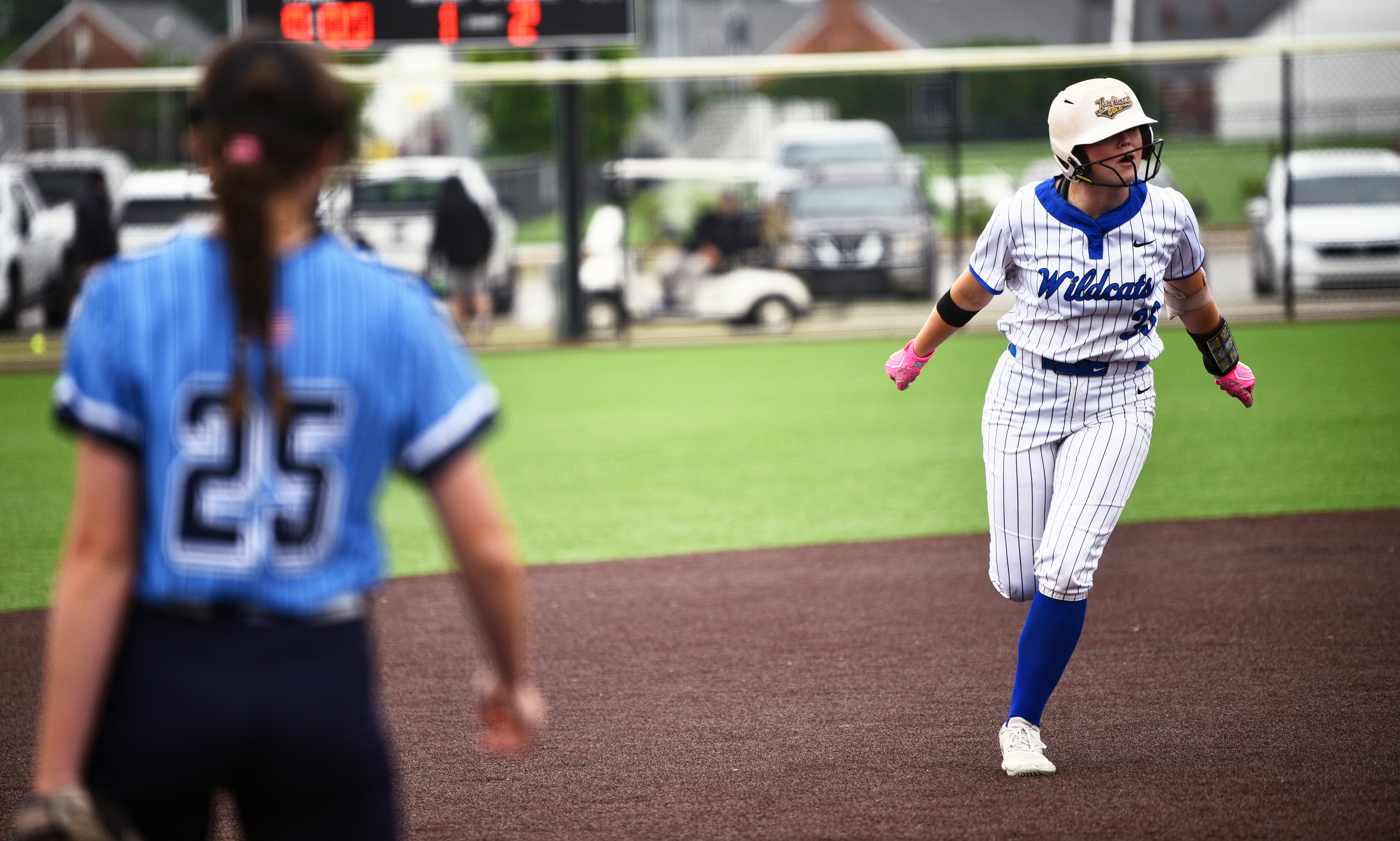ASU bear mascot returned to place of honor on campus
Published 10:00 pm Tuesday, May 8, 2007
Over his 40-year life, “Hebrew” the Athens State University black bear mascot had a front foot broken off, claws pulled, eye gouged from the socket, tongue yanked out and holes poked in his fiberglass hide.
He’d even taken a bullet between the eyes.
And yet, he lives today, watching over the campus through transplanted Easter bunny eyes.
Even though the school discontinued its athletic program two or three years ago, Hebrew had been a fixture on campus since about 1966—that is, before the wounded mascot was removed from his wire cage in front of Carter Physical Education Building about two years ago and put into storage.
The ASU maintenance team of Jerry Bradford, Randy Vinson, William Barksdale, Tommy Phillips and Dwight Lovell decided it was time for Hebrew to come out of hibernation.
“He had a lot of mileage on him,” said Bradford, head of maintenance. “He was torn up pretty bad—one eye gone, claws gone, holes in him—really bad shape.”
“He’d even been shot between the eyes with a pistol or something,” Vinson said.
But the maintenance team rose to the challenge. Vinson, who is part-time taxidermist on the side, sculpted Hebrew a new front paw out of fiberglass, and claws and a tongue out of Bondo, commercial putty used for auto cosmetic repair.
Donor bunny
But what really threw a kink in the restoration job was finding an eyeball to match Hebrew’s remaining one.
“I got on the Internet and everything, and just couldn’t find an eye,” Vinson said.
But then, about a week before Easter, Vinson was strolling through the local K-mart when he spotted an Easter bunny with the eyes of a bear.
“Randy saw it and said the bunny had the right size eyes,” Bradford said. “He wouldn’t buy the rabbit, so I was the one who had to go buy it. I made notes on the receipt so the state auditor wouldn’t think that we were out buying Easter bunnies with state funds. But they had a sale on them and I got a good price.”
Bradford drolly commented that the “bunny was sacrificed for a good cause.”
Traveling man
To hear the folklore associated with Hebrew, one could almost believe that he spent more time off campus than on. ASU President Jerry Bartlett said he came to the school to teach in 1966 and Hebrew was in residence then.
Former physical education professor Dr. Angie Nazaretian, who came to the school in 1958, said the cheerleaders and Student Government Association raised the money to buy the 100-pound fiberglass bruin for a team mascot. She said the ministerial students, who then attended the former Methodist-affiliated school, named the bear Hebrew.
But students would not let him live in peace
“He stayed in my garage a lot of time,” said Nazaretian, who lives in a home at the edge of campus. “A lot of the time I didn’t know he was in there because I didn’t use the garage.”
Student Sandy Bennett, now a respectable Decatur businesswoman, was involved in much of the mayhem targeting Hebrew.
“I was a Phi Mu, and then after graduation, a Phi Mu adviser,” Bennett said. “In the ‘60s, after rush, pledges were assigned to steal the bear. We kept the bear until Christmas open house and then we’d put him on the president’s porch so the team would have him for basketball season. After that, the tradition continued.”
School administration tried to prevent the bearnappings by bolting Hebrew’s paws to his stand with steel bars, which probably accounts for him losing a foot as someone pried him off.
Meet the president
Bartlett had his first up-close and personal encounter with Hebrew when he became interim president of ASU in 1991.
“We lived out in Hightower Hills when I was interim president,” Bartlett said. “Heidi, our daughter, was going out to get the newspaper early one morning and she came back and said there was something on our yard that looked like an animal. I looked out and Hebrew was in our front yard staring in at me through the front door.”
After Bartlett became president and moved to the official residence, the Beaty-Mason home on Beaty Street, Hebrew was to visit several more times.
“They’d put him on the front porch,” he said. “One time he had the Greek symbol for Phi Mu painted on his side. Another time, he had on a pink diaper and a pink ribbon on his head. Since the Phi Mus disbanded in the 1990s, he hasn’t been transported.”
Bartlett said he often suspected that the Phi Mus had help from maintenance workers getting the mascot unbolted.
“It would have taken some time to get him unbolted,” he said. “I assume they put him in a pickup truck to haul him.”
Bartlett predicted that publication of a story about Hebrew’s restoration would provoke more bearnappings, but he hopes he stays in place on his new stand east of Sandridge Student Center for a while so children can enjoy him.
“I’m going to put a sign up by him telling about the history of our athletic program,” Bartlett said. “We got out of the athletics business two or three years ago and we all regret it. But they sure did a good job getting Hebrew up and painted and with new toenails and all.”





